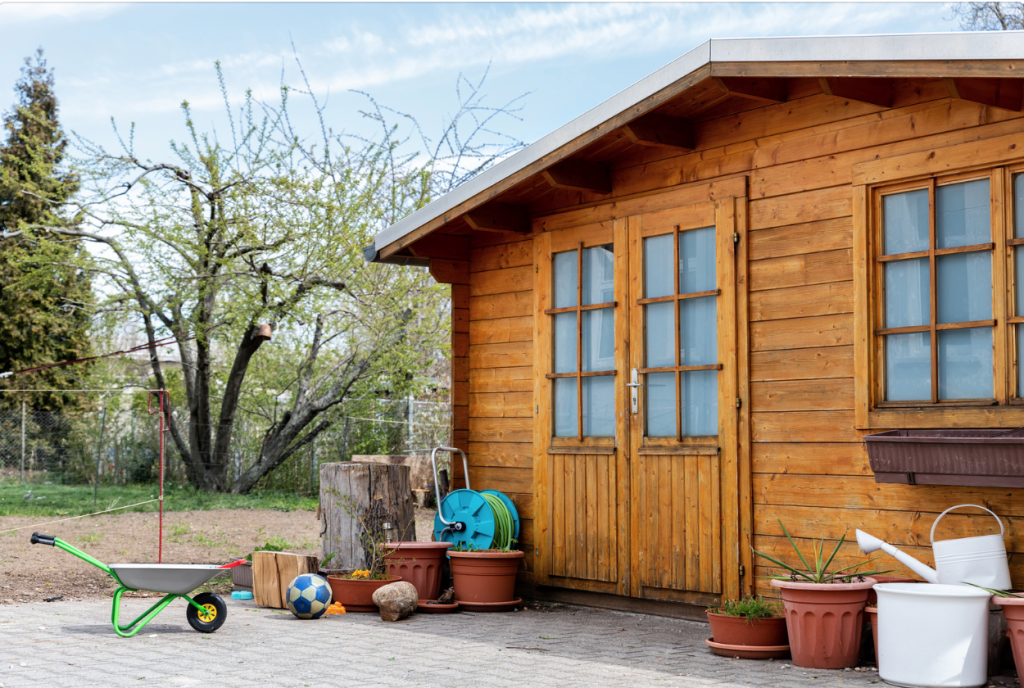As environmental concerns become increasingly urgent, the construction industry is shifting towards more sustainable practices. Prefabricated (prefab) and modular construction methods are at the forefront of this movement, offering innovative ways to reduce the environmental impact of building homes. In this blog post, we’ll explore the sustainable practices in prefab and modular construction that make these methods a greener choice for the future of housing.
What Makes Prefab and Modular Construction Sustainable?
1. Efficient Use of Materials
Reduced Waste
Prefab and modular construction take place in a factory setting, where materials can be measured and cut with precision. This controlled environment significantly reduces waste compared to traditional construction, where on-site cutting and fitting often lead to excess material being discarded. Factories can also recycle leftover materials more efficiently, contributing to a circular economy.
Bulk Purchasing
Manufacturers of prefab and modular homes can purchase materials in bulk, reducing the environmental impact associated with transportation. Bulk buying also ensures that materials are used more efficiently, minimizing waste.
2. Energy Efficiency
Improved Insulation
Prefab and modular homes are designed with energy efficiency in mind. These homes often feature superior insulation compared to traditional homes, thanks to the precise construction methods used in the factory. Better insulation means less energy is needed for heating and cooling, leading to lower utility bills and reduced greenhouse gas emissions.
Energy-Efficient Systems
Many prefab and modular homes come equipped with energy-efficient systems, such as high-performance windows, energy-efficient HVAC systems, and energy-saving appliances. These features reduce the overall energy consumption of the home, making it more sustainable in the long run.
3. Sustainable Materials
Eco-Friendly Options
Builders of prefab and modular homes often use eco-friendly materials, such as recycled steel, reclaimed wood, and low-VOC (volatile organic compounds) paints. These materials have a lower environmental impact and contribute to healthier indoor air quality.
Renewable Resources
Incorporating renewable resources, such as bamboo flooring or cork insulation, further enhances the sustainability of prefab and modular homes. These materials are not only sustainable but also durable and aesthetically pleasing.
4. Reduced Carbon Footprint
Lower Transportation Emissions
Since a significant portion of prefab and modular construction occurs in a factory, there are fewer trips to the construction site compared to traditional building methods. This reduction in transportation helps lower the carbon footprint associated with the construction process.
Efficient Assembly
The quick assembly process of prefab and modular homes reduces the time heavy machinery and construction equipment are needed on-site, further lowering emissions. The shorter construction timeline also minimizes the disruption to the surrounding environment.
5. Water Conservation
Factory Efficiency
Water use in the factory setting is more efficient and controlled compared to traditional on-site construction. Factories can implement water-saving measures more effectively, reducing the overall water consumption during the building process.
Water-Efficient Fixtures
Prefab and modular homes often come with water-efficient fixtures, such as low-flow toilets and faucets, which help conserve water and reduce the environmental impact of the home over its lifespan.
6. Adaptability and Longevity
Designed for Durability
Prefab and modular homes are built to high standards, ensuring durability and longevity. The robust construction methods used in factories mean these homes are designed to withstand transportation and assembly, resulting in a sturdy and long-lasting structure.
Easy to Expand and Modify
The modular nature of these homes allows for easy expansion and modification. As needs change, additional modules can be added with minimal disruption, reducing the need for new materials and lowering the environmental impact.
Real-World Examples
Eco-Friendly Prefab Homes
1. LivingHomes LivingHomes, a leader in sustainable prefab construction, offers homes built with renewable materials, energy-efficient systems, and sustainable design principles. Their homes often achieve LEED certification, demonstrating a commitment to green building practices.
2. Plant Prefab Plant Prefab focuses on building sustainable, custom-designed homes. They use non-toxic and sustainable building materials, energy-efficient systems, and water-saving fixtures. Their factory is powered by renewable energy, further reducing their environmental footprint.
Sustainable Modular Construction Projects
1. The Stack, New York City The Stack is a modular apartment building in Manhattan, built with sustainability in mind. The project minimized waste and emissions by constructing modules off-site and assembling them quickly on-site. The building features energy-efficient systems and sustainable materials, contributing to its green credentials.
2. The Edge, Amsterdam The Edge, a modular office building in Amsterdam, is one of the most sustainable buildings in the world. It uses prefab construction methods to achieve high levels of energy efficiency, incorporating solar panels, rainwater harvesting, and smart building technologies.
Conclusion
Prefab and modular construction offer a sustainable alternative to traditional building methods, with numerous environmental benefits. By reducing waste, enhancing energy efficiency, using sustainable materials, and minimizing the carbon footprint, these construction methods are paving the way for greener, more eco-friendly housing solutions. As the demand for sustainable living continues to grow, prefab and modular homes stand out as innovative and responsible choices for the future.

